Best VPN Services in 2025: Secure Your Online World
Discover the best VPN services of 2025 for privacy, speed, streaming, and security. Compare top VPNs like ExpressVPN, NordVPN, and Surfshark to protect your online activity.

Discover the top 10 everyday devices that quietly use IoT technology to enhance your life. From smart thermostats to connected cars, explore how IoT is transforming daily routines in ways you don't notice. Learn more now!
The Internet of Things (IoT) has become so seamlessly integrated into our lives that many of us use IoT-powered devices daily without realizing it. These devices collect, send, and act on data using embedded sensors and connectivity—quietly transforming how we live, work, and interact with the world.
In this post, we’ll uncover the top 10 everyday devices that use IoT technology behind the scenes. Whether for convenience, security, or efficiency, these devices leverage IoT in ways that are often overlooked.
Table of contents [Show]
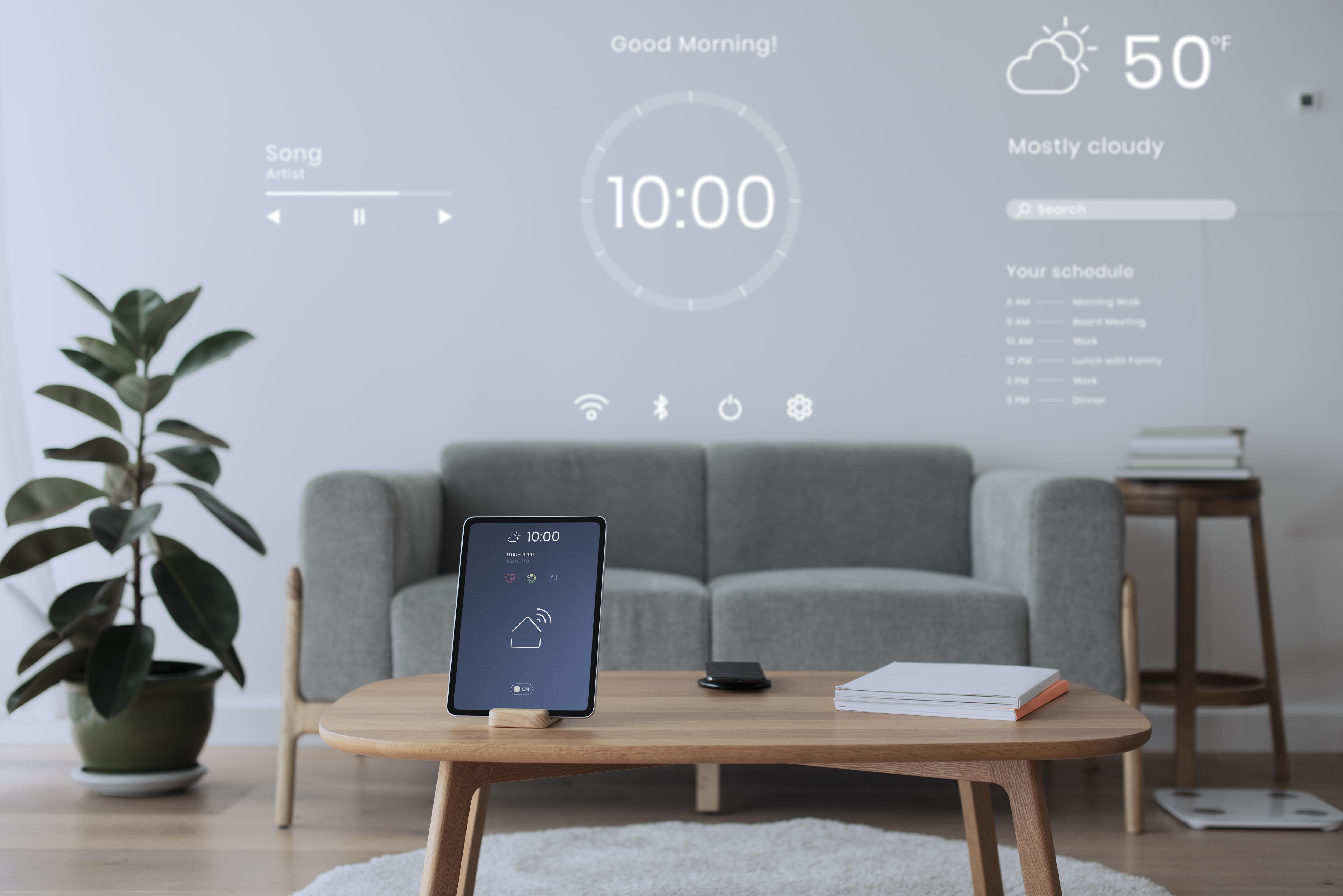
(Photo by www.freepik.com)
Modern thermostats like Nest or Ecobee do much more than control your home's temperature. These devices use IoT sensors and Wi-Fi connectivity to:
You might think you’re just turning up the heat, but you’re actually interacting with a cloud-connected AI system.
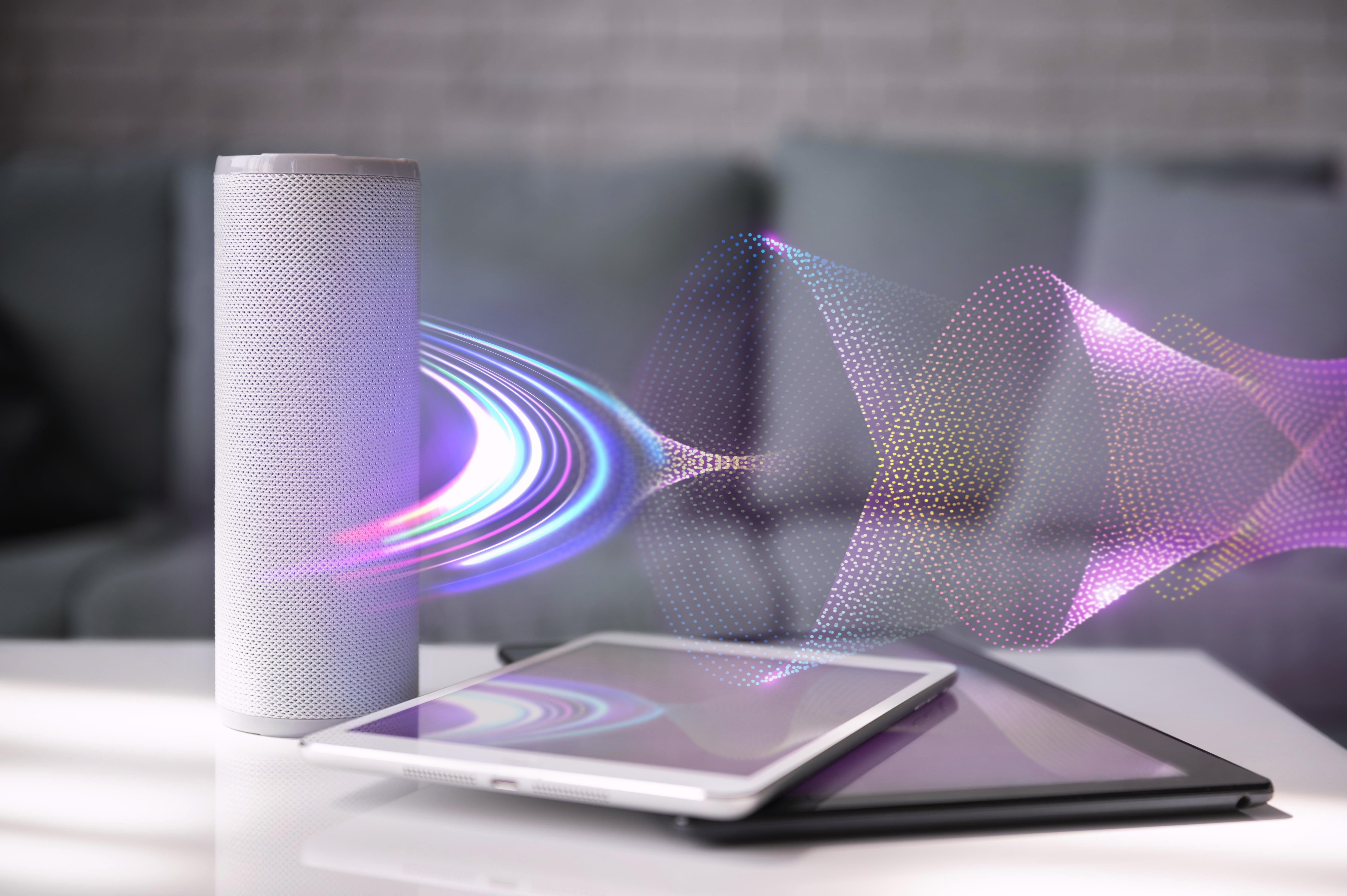
(Photo by www.freepik.com)
Whether it's Amazon Echo, Google Nest, or Apple HomePod, these AI-powered speakers are fundamentally IoT hubs. They continuously:
Every request to play music or set a reminder is backed by a network of IoT services.

(Photo by www.freepik.com)
Gone are the days of “dumb” television. Today’s smart TVs:
These TVs are essentially networked computers—and they’re always online.
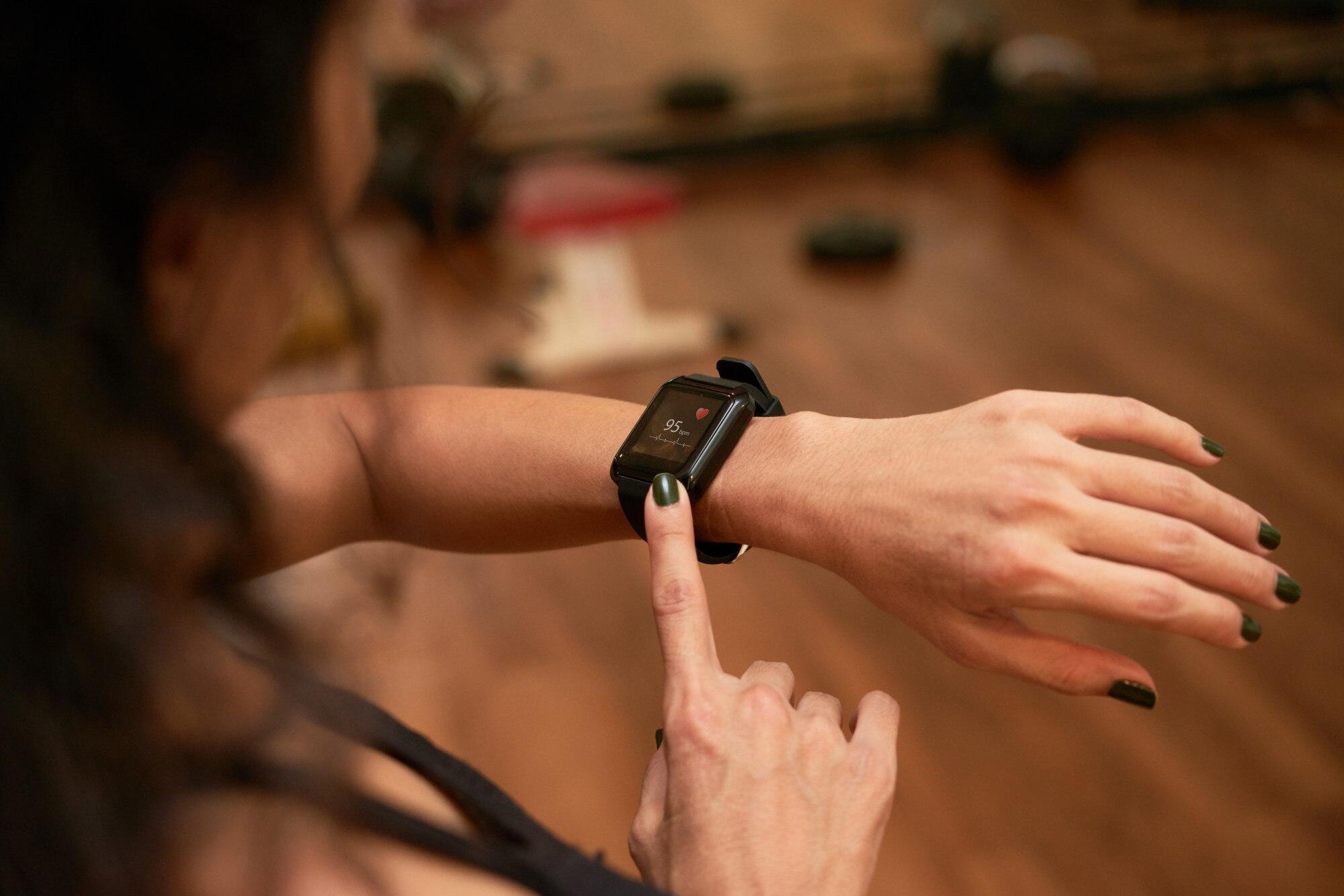
(Photo by www.freepik.com)
Devices like Fitbit, Apple Watch, or Garmin wearables track much more than just steps:
IoT enables these devices to provide personalized health insights in real time.
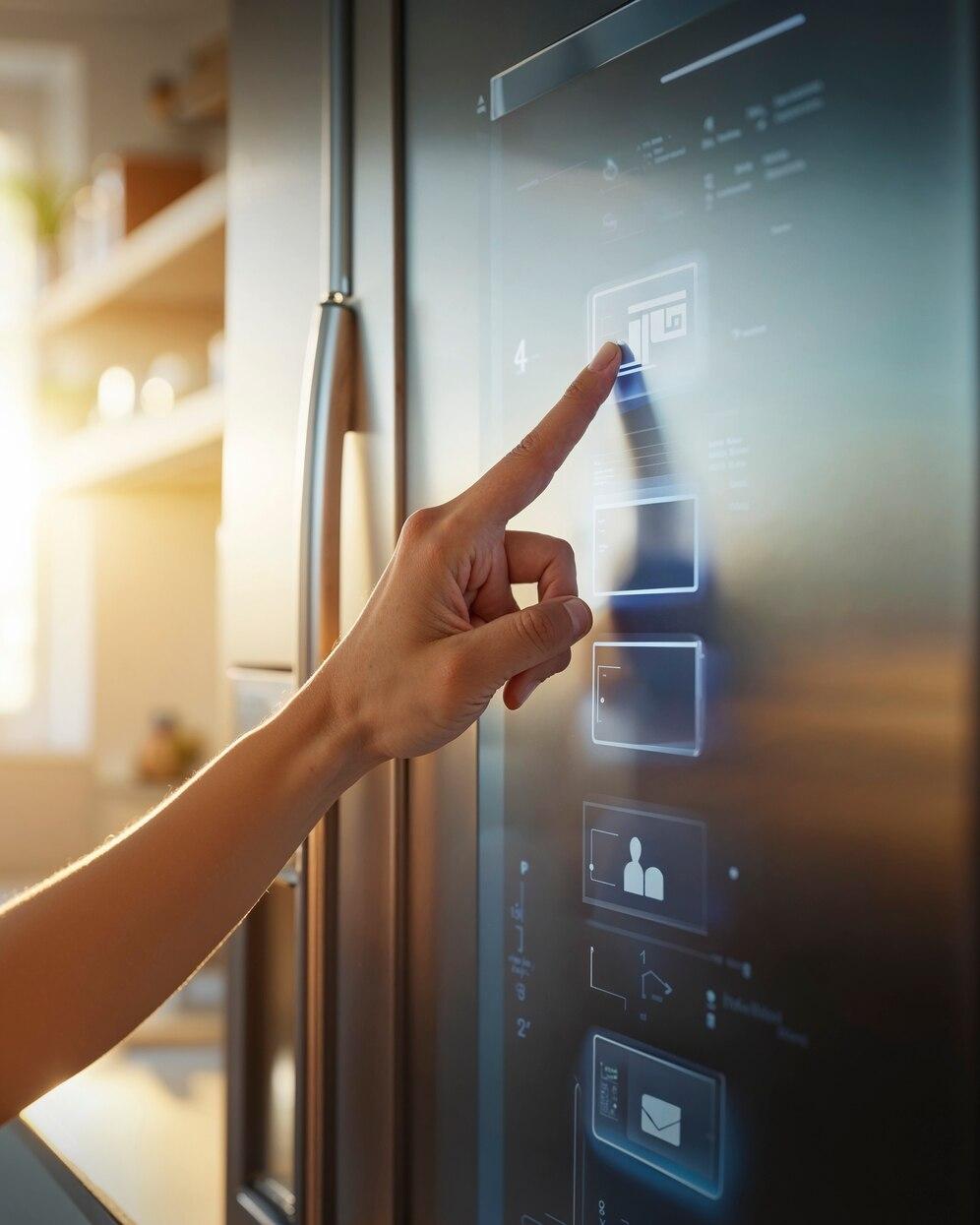
(Photo by www.freepik.com)
Yes, your fridge can be part of the IoT ecosystem. Models from Samsung and LG can:
They’re quietly reshaping how we approach food storage and kitchen efficiency.
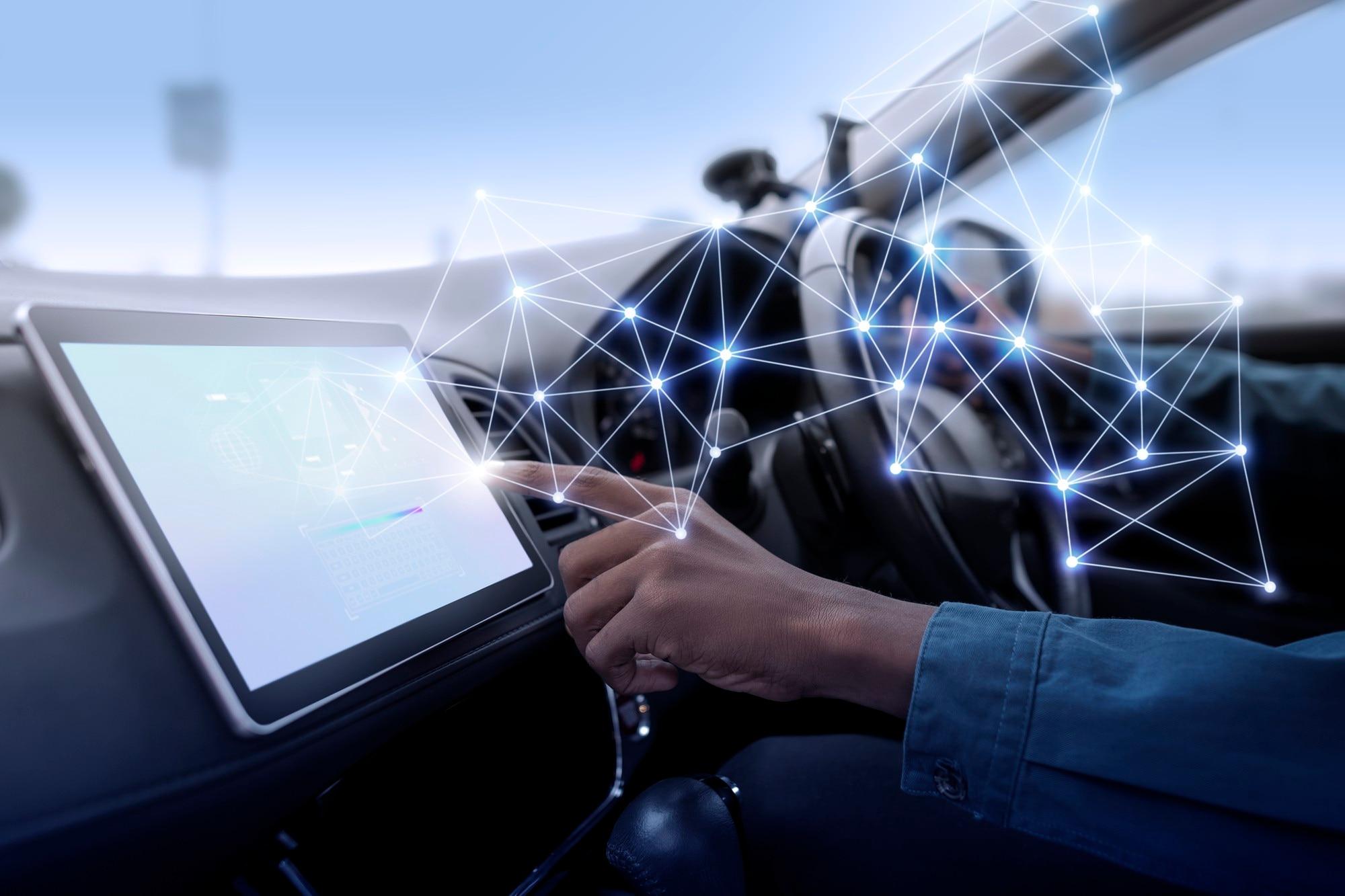
(Photo by www.freepik.com)
Even if you’re not driving a Tesla, chances are your car uses IoT tech. Features include:
Modern vehicles are rolling IoT hubs, collecting and transmitting data constantly.
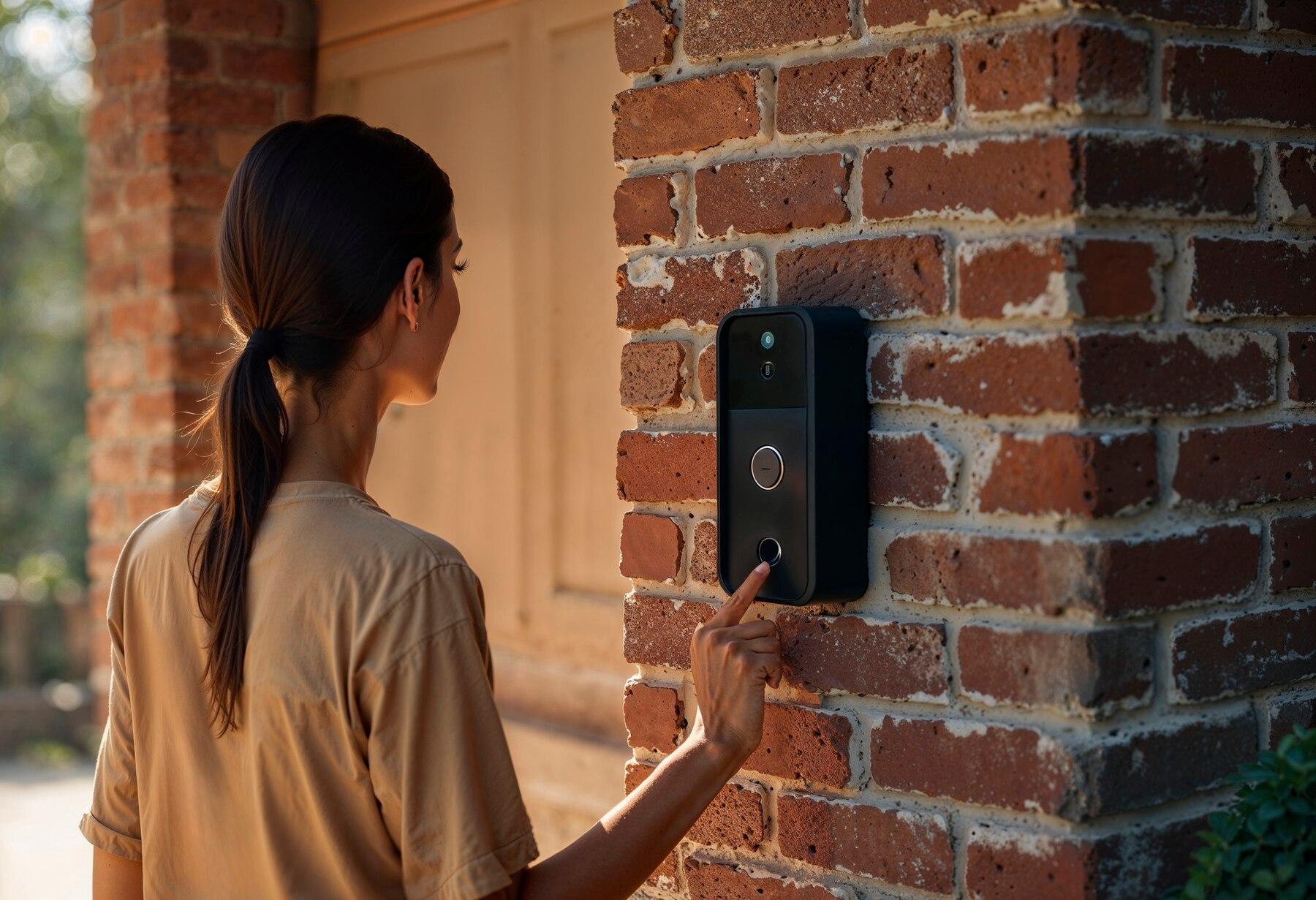
(Photo by www.freepik.com)
Devices like Ring, Arlo, and Google Nest Cam bring IoT to your doorstep. They:
These systems often operate 24/7, using cloud intelligence to keep your home safe.
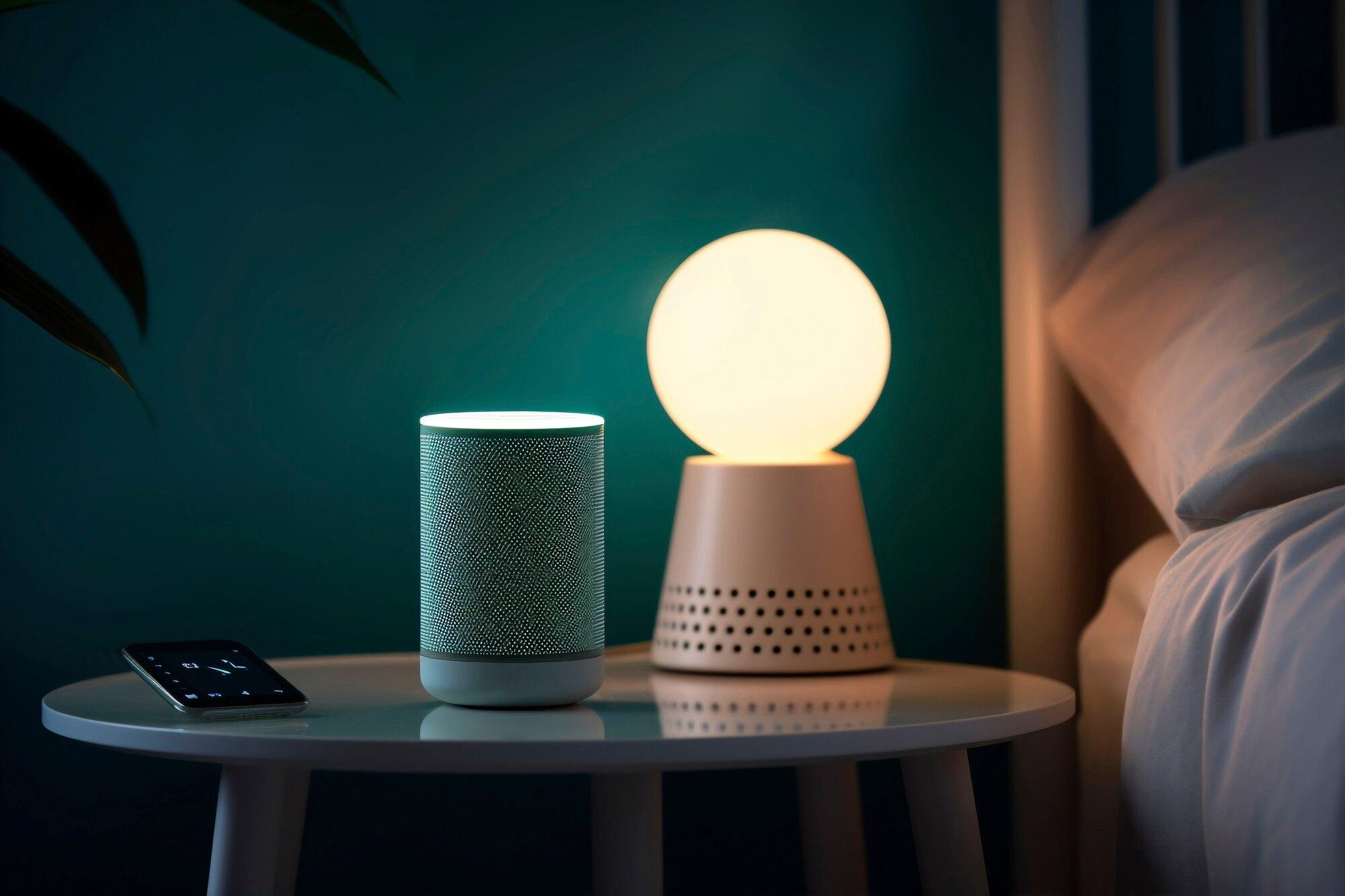
(Photo by www.freepik.com)
At first glance, smart bulbs just seem like fancy lighting. But under the hood, they:
They're a foundational part of the IoT smart home experience.
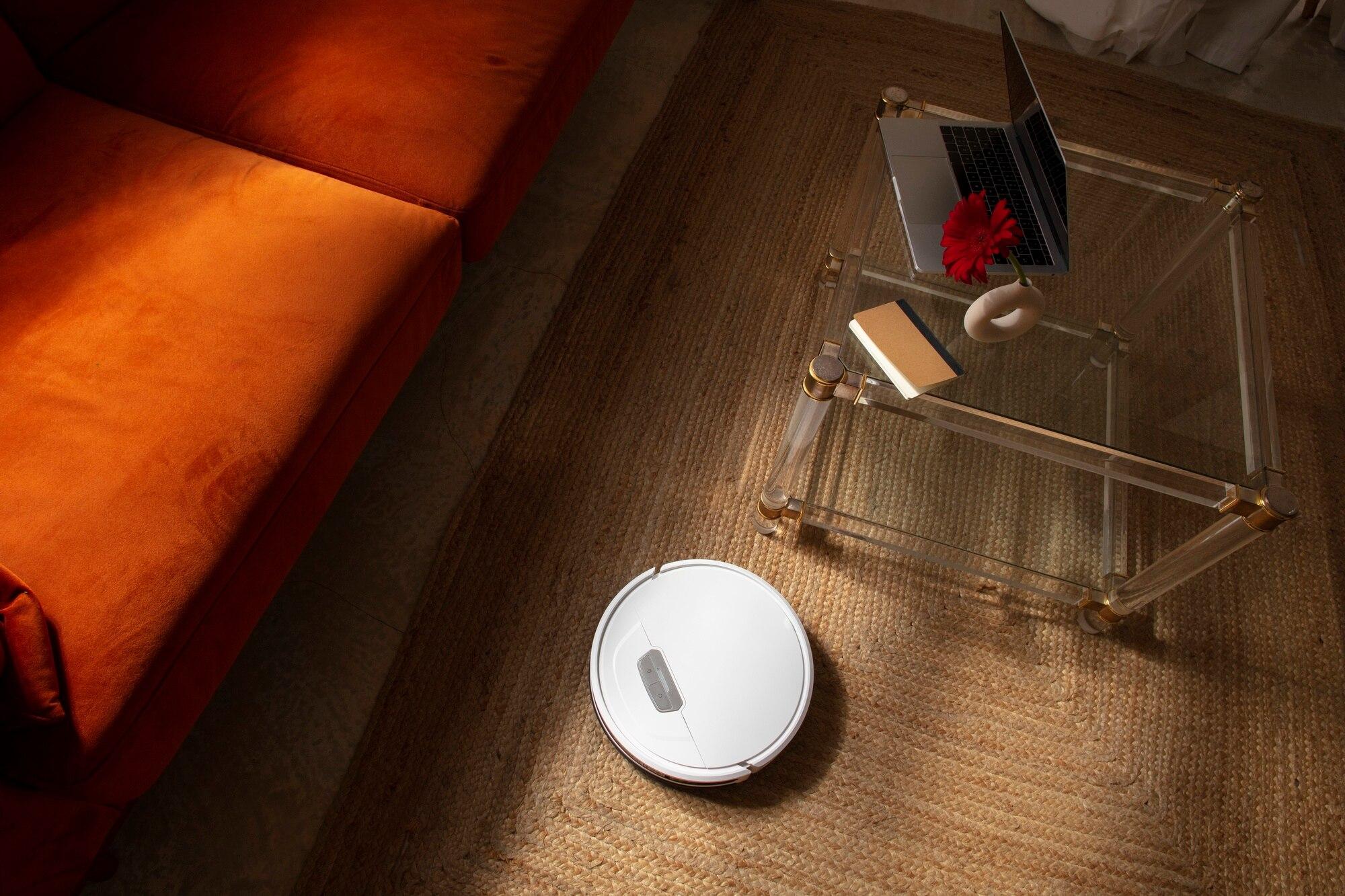
(Photo by www.freepik.com)
Devices like Roomba and Roborock use IoT to map your home and optimize cleaning:
They're silently turning vacuuming into an autonomous, data-driven task.
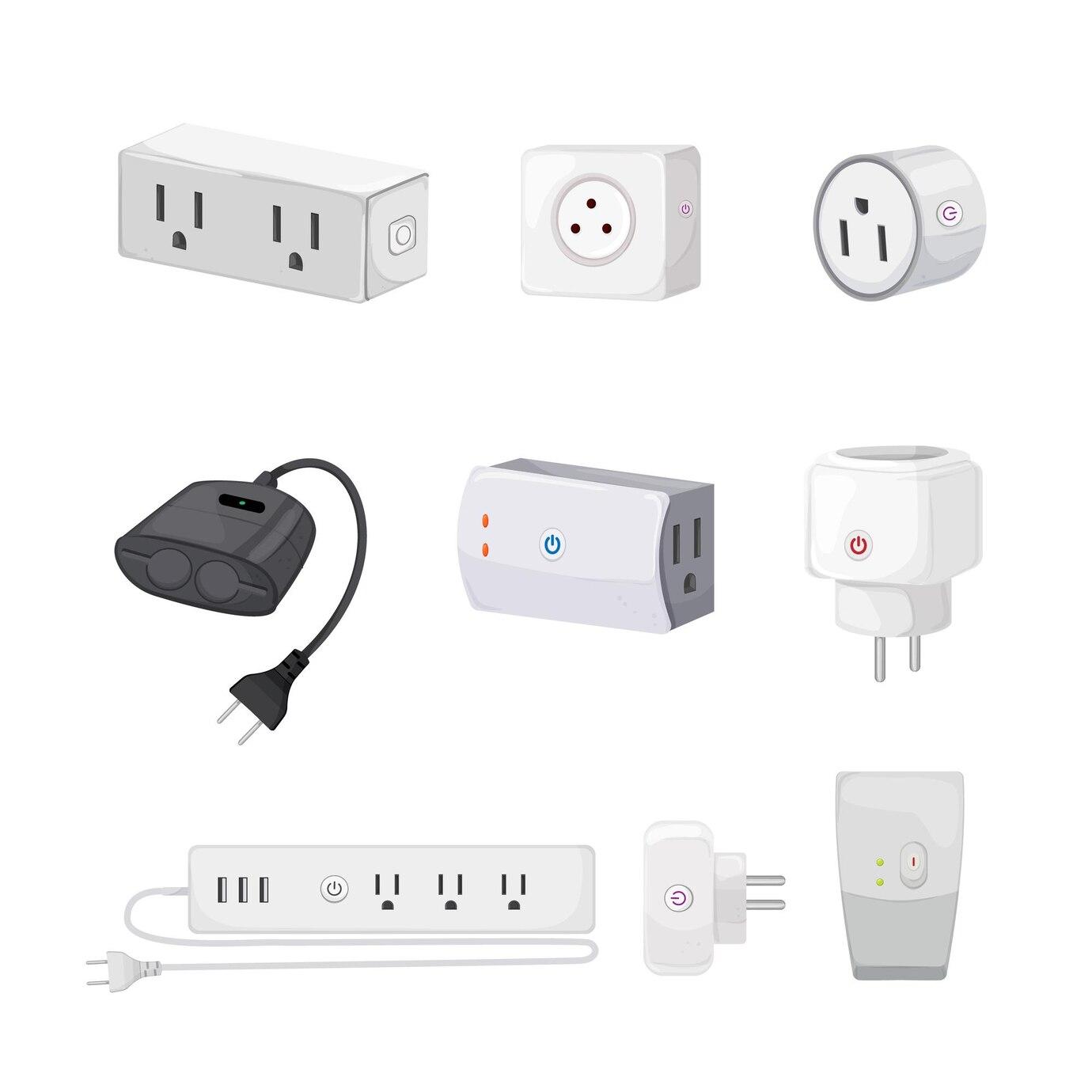
(Photo by www.freepik.com)
These unsung heroes of IoT offer smart energy management:
They're often used with coffee makers, fans, or lamps—and make your “dumb” devices smarter.
Answer:
The Internet of Things (IoT) refers to a network of devices that are connected to the internet and can exchange data with each other and other systems. These devices are embedded with sensors, software, and other technologies that allow them to collect and send data, often without requiring direct human intervention.
Answer:
Smart devices communicate with each other using wireless protocols like Wi-Fi, Bluetooth, Zigbee, or cellular networks. These devices are often connected to a central hub (such as a smart speaker or a mobile app), enabling them to share data, trigger actions, or update settings in real-time.
Answer:
While IoT devices provide convenience and innovation, they can pose security risks if not properly secured. It’s important to use strong passwords, enable encryption where possible, and keep devices and apps updated with the latest security patches. Additionally, some devices allow you to manage privacy settings to control the data they collect and share.
Answer:
IoT devices can collect a significant amount of personal data, such as location, habits, and preferences. This data is often stored in the cloud, raising concerns about how it's used, who has access to it, and whether it's secure. Users should be mindful of the privacy policies of the devices they use and take steps to limit data sharing where possible.
Answer:
Yes, many IoT devices can be used individually without requiring a comprehensive smart home setup. For example, a smart thermostat or a fitness tracker can function just fine on their own, even if they don’t integrate with other devices. However, combining them in a smart home ecosystem offers enhanced functionality and convenience.
Answer:
Most IoT devices rely on an internet connection to function optimally, especially for cloud-based features such as remote control, updates, or data analysis. However, some devices can operate with limited functionality offline or in local network modes, depending on their design.
Answer:
IoT devices like smart thermostats, lights, and appliances are designed to optimize energy use by adjusting settings based on your schedule, preferences, or occupancy. For example, smart thermostats can learn when you're home and when you're not, reducing heating or cooling when it's not necessary, which can lower energy bills.
Answer:
The initial cost of IoT devices can vary, but many of them are relatively affordable. Ongoing maintenance costs are usually limited to software updates, potential subscription fees (such as for cloud storage or advanced features), and occasional troubleshooting. Overall, the cost of maintenance is generally low compared to the benefits they provide in terms of convenience and efficiency.
Answer:
When selecting an IoT device, consider the following:
Answer:
The future of IoT is expected to bring even more interconnected and intelligent devices into our daily lives. From smart cities to enhanced healthcare solutions, IoT technology will continue to evolve and integrate with emerging technologies like 5G, artificial intelligence, and blockchain. As IoT becomes more advanced, we’ll likely see increased automation, efficiency, and personalization across all sectors of life.
The IoT revolution is already here—it’s just quieter and more pervasive than most people realize. From your wristwatch to your refrigerator, IoT is embedded in your everyday life, gathering data, streamlining tasks, and enhancing convenience. The more aware we become of these devices, the more we can take advantage of their capabilities—and better understand the privacy and security implications they bring.
What IoT device surprised you the most? Let us know in the comments!
Discover the best VPN services of 2025 for privacy, speed, streaming, and security. Compare top VPNs like ExpressVPN, NordVPN, and Surfshark to protect your online activity.
Discover how chatbots work behind the scenes with large language models, transformers, and AI training. A deep dive into the tech powering modern AI.
Discover why open-source software is shaping the future of technology. As we look to the future, one thing is certain: open-source is not just the future—it’s already here. Explore the key benefits of transparency, innovation, cost-efficiency, and community-driven development that make open-source solutions the preferred choice for developers, businesses, and organizations worldwide.

